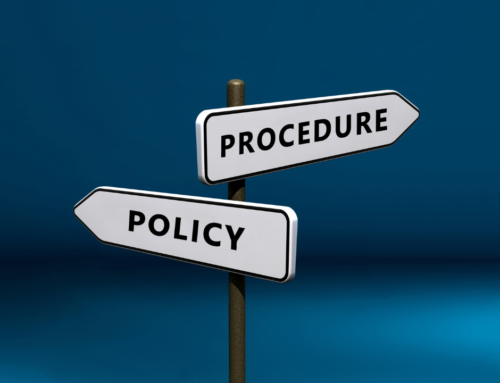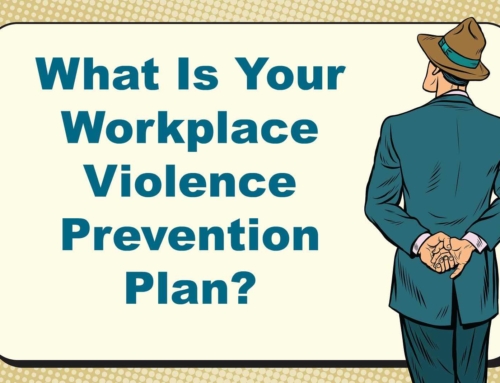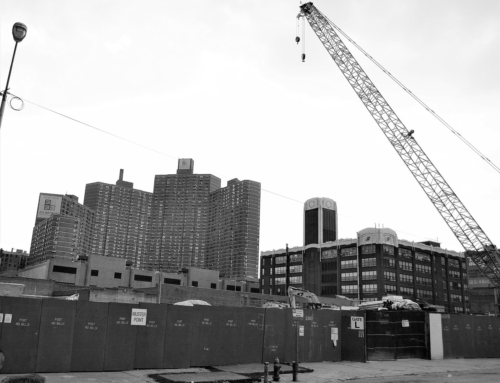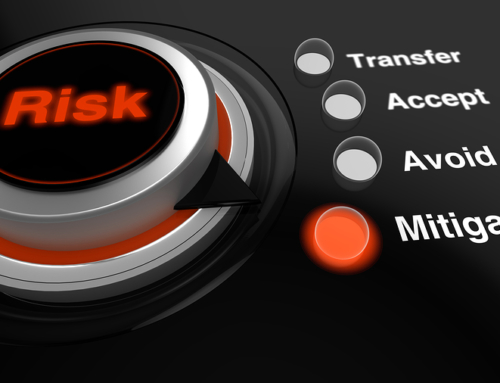AIR RAGE and Zero Tolerance- What Every Organization Can Learn From The Airline Industry
Several reports regarding aircraft that have been diverted due to alleged bomb threats have been reported recently in Canada and the US.
A scary situation for everyone involved.
When I was a police officer in London in the late 1970s and early to mid-1980s, I was often dealing with members of the public who we were clearing away from high profile areas, particularly around Christmas time in the busiest shopping areas of the city. These bomb threats weren’t all hoaxes. Unfortunately, several explosions did occur and there were some deaths and numerous injuries. As a result, the general population took them very seriously with little or no panic demonstrated during those evacuations. I certainly did not feel at risk as a police officer from those members of the public that we were controlling and whom entrusted us with their safety.
It would be a very different situation at 30,000 feet.
I began to think about the circumstances with these recent threats and how the passengers, when they were told about the reason why the plane was landing unexpectedly, would react to the news. How would they respond towards the flight crew, who were entrusted with their safety?
Our flight crews today are highly trained and extremely skilled at handling people.
They need to be, since even on a good day, there can certainly be problems with passengers.
Within the International Air Transport Association (IATA) manual dealing with ‘Unruly Passenger Prevention and Management,’ it states that an unruly passenger is defined as:
A passenger who fails to respect the rules of conduct at an airport or on board an aircraft or to follow the instructions of the airport staff or crew members and thereby disturbs the good order and discipline at an airport or on board the aircraft.
The document goes on to provide a non-exhaustive list of examples of “unruly/disruptive” behaviours on board.
What is Unruly and Disruptive Behavior on an Airplane?
- Refusal to comply with safety instructions (examples include not following Cabin Crew requests, e.g., instructions to fasten a seat belt, not to smoke, turn off a portable electronic device or disrupting the safety announcements)
- Verbal confrontation with crew members or other passengers
- Physical confrontation with crew members or other passengers
- Uncooperative passenger (examples include interfering with the crew’s duties, refusing to follow instructions to board or leave the aircraft)
- Making threats (includes all types of threats, whether directed against a person, e.g., threaten to injure someone, or intended to cause confusion and chaos, such as statements referring to a bomb threat, or simply any threatening behavior that could affect the safety of the crew, passengers and aircraft)
- Sexual abuse / harassment and
- Other types of riotous behaviour (examples include: screaming, annoying behaviour, kicking and banging heads on seat backs/tray tables)
It is quite a list, isn’t it?
Put that into the context of being on an airplane that is diverting to the ground due to a bomb threat and I wonder how many of us would be able to remain calm, orderly and not demonstrate annoying behaviour?
Giving passengers accurate information with respect to the current situation that the flight crew are dealing with is one of the most important aspects of defusing any unruly behaviour that occurs onboard.
There are many other facets involved when training staff to control anxious passengers and preventing them from escalating their behaviour when faced with uncertain circumstances.
These have been part of every airline’s Safety Management System (SMS) and are rigorously reinforced within their employee training curriculums.
Every other organization dealing with the public could learn from them.
How Does The Airline Industry Protect Their Employees?
- Having a “Zero Tolerance” Unruly Passenger policy
- Publicizing the conditions of carriage
- Publicizing the Alcohol policy/No-smoking policy
- Defining what is unlawful interference (in line with international civil aviation regulations)
- Defining an unruly passenger
- Having a standardized definition of threat levels
- Having standardized Cabin Crew, Flight Crew and Ground Employee duties
- Having standardized procedures for unruly passenger prevention
- Having a standardized procedures for unruly passenger management
- Reinforcing the need for communication and coordination
- Developing prevention strategies, and
- Developing post-incident actions
Building all of these features into an organization’s safety culture is no guarantee that the public will not be a problem for staff.
However, consistent support from the top of the organizational chart through the ranks of managers and supervisors, to the employees on the front line, consistent messaging, consistent training and the consistent application of what is expected will go a long way in minimizing the risk of situations escalating and for bad situations to get worse.
We can learn a lot from those employees flying at 30,000 feet.







Leave A Comment